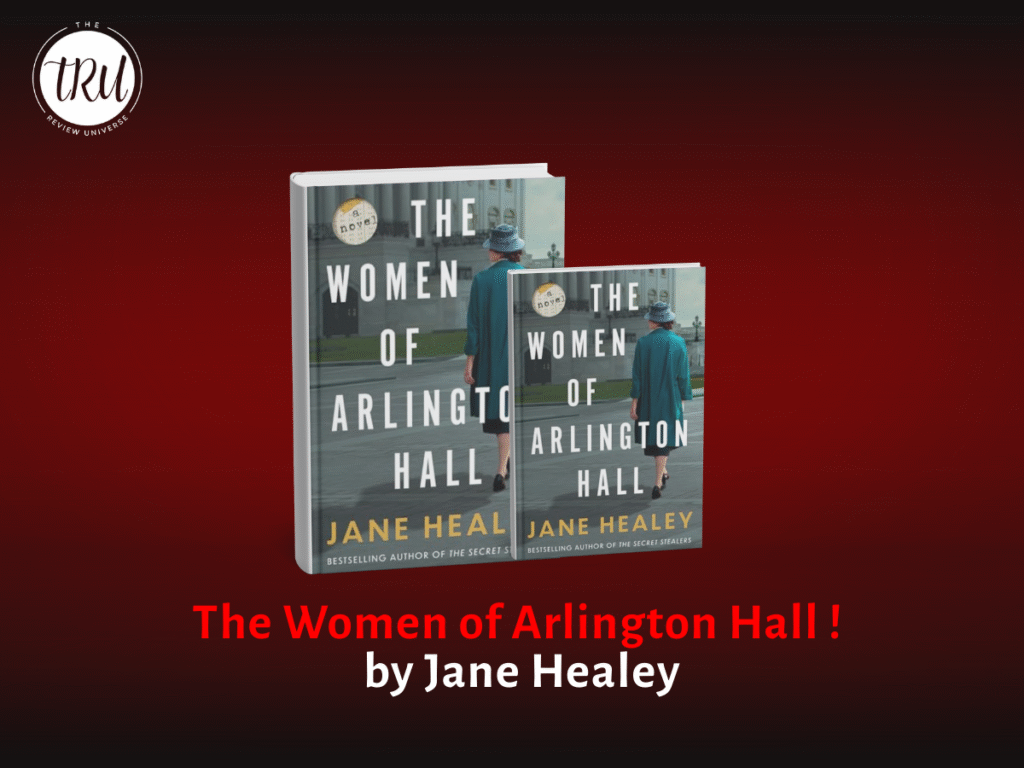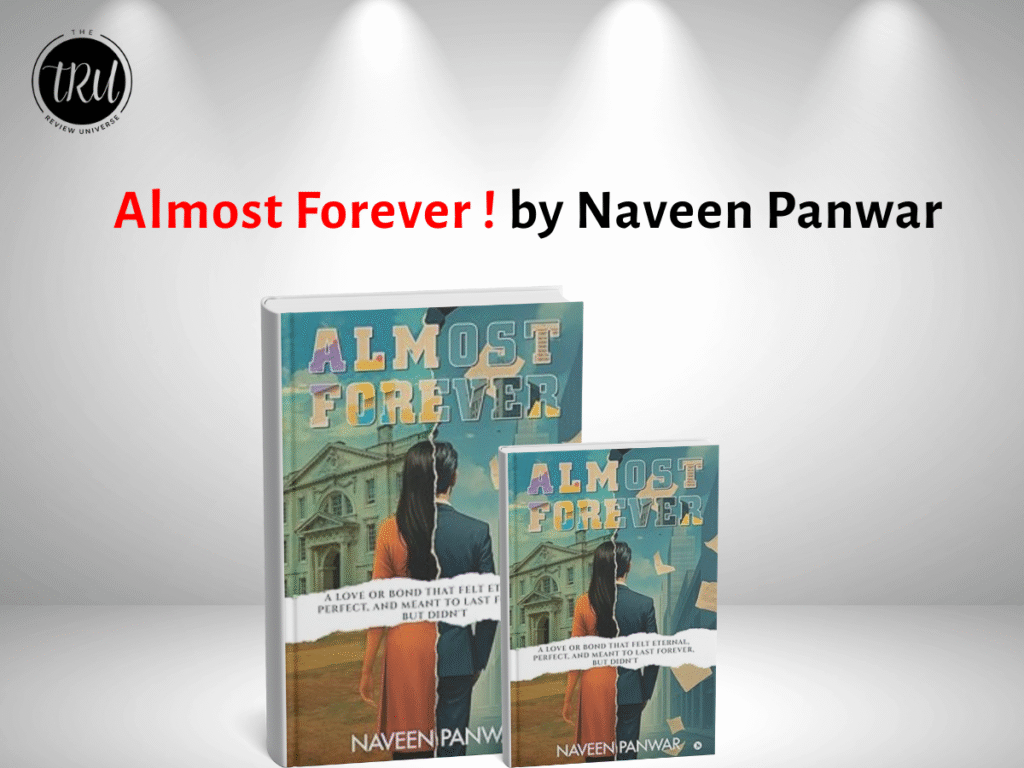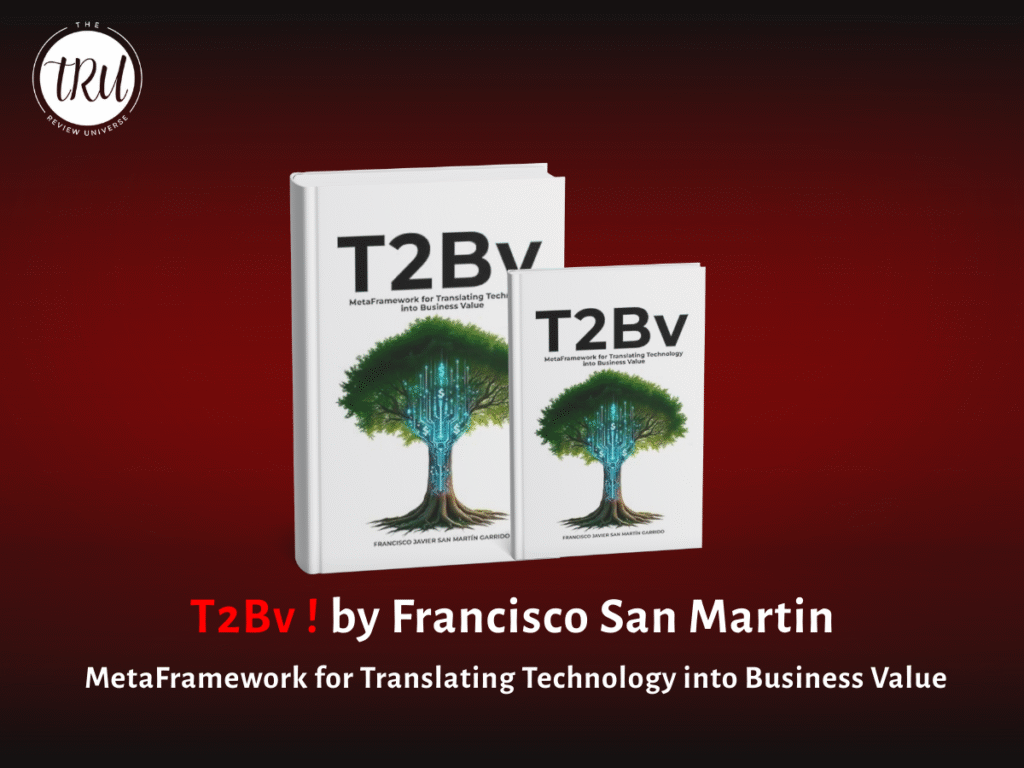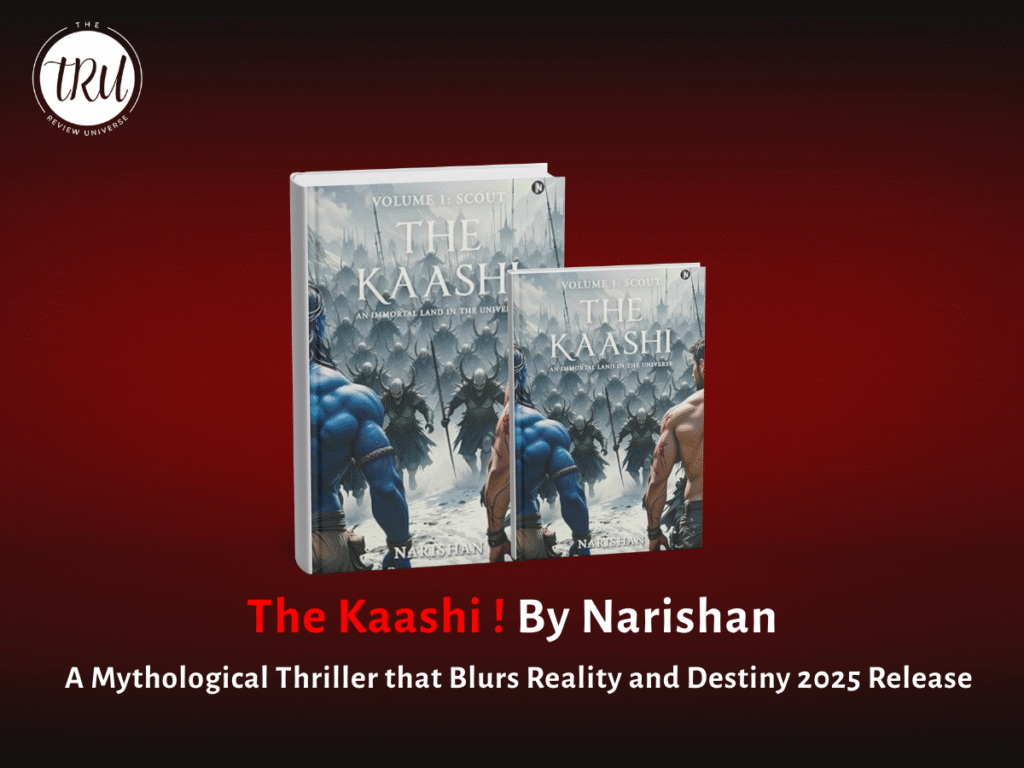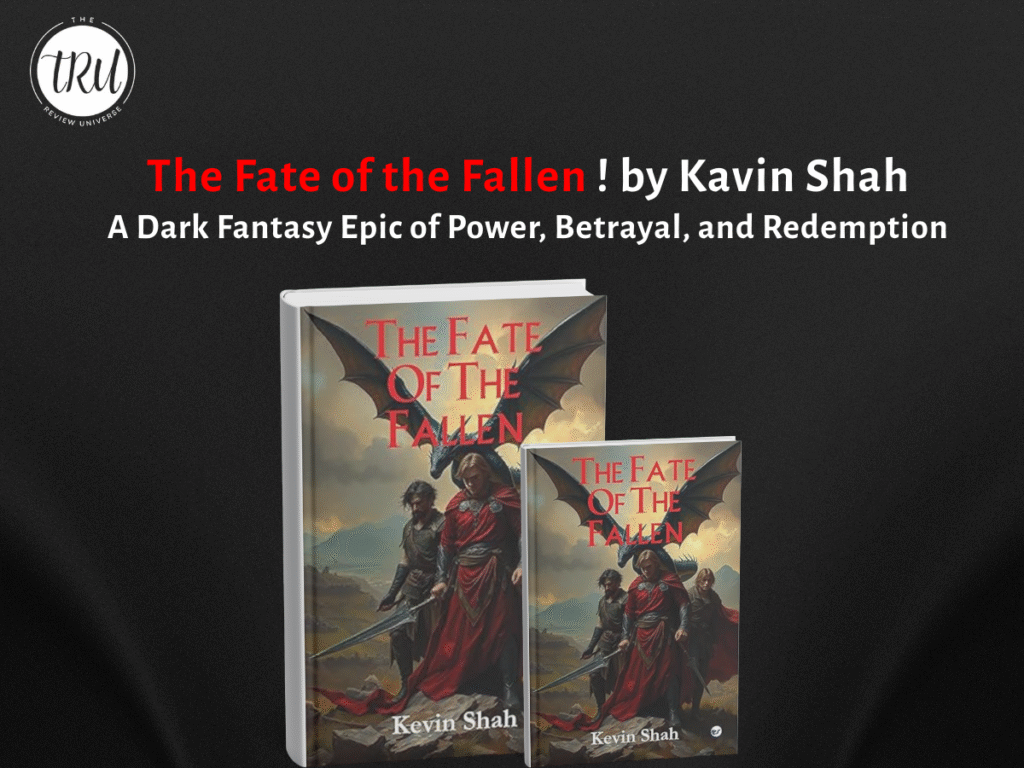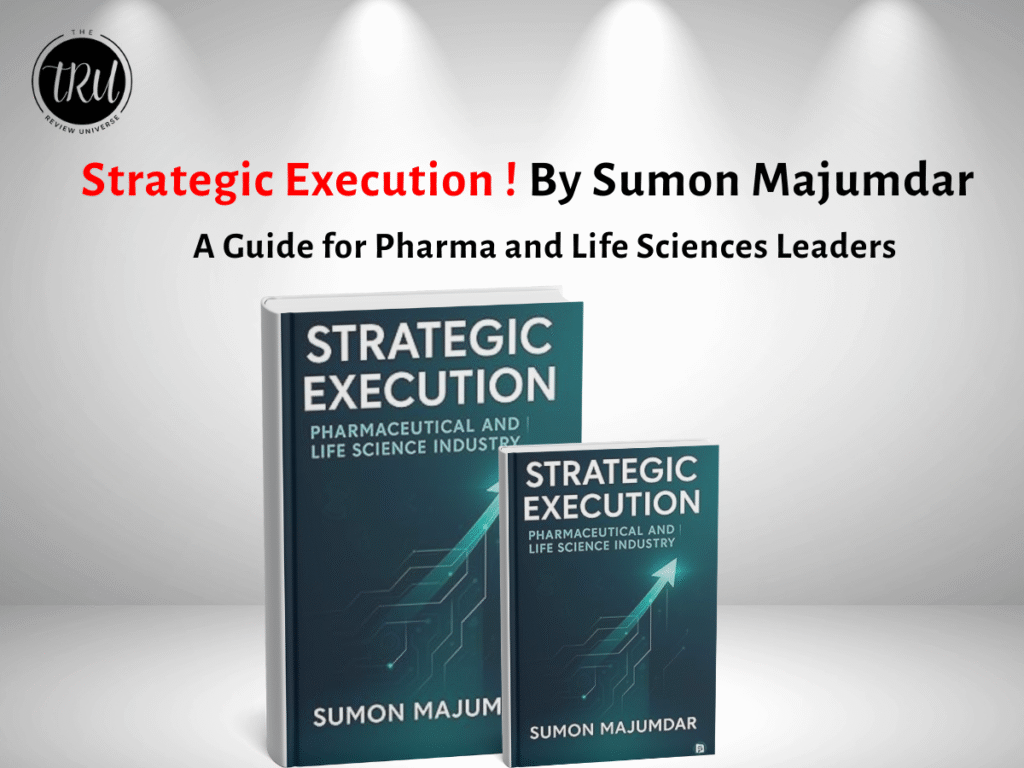
Unleash your imagination with these 10 Books Across Different Genres That Will Spark Your Creativity, non-fiction, poetry, and more specially curated to ignite creativity, fuel inspiration, and expand your thinking in any creative field.
Book reading is one of the oldest and most enriching habits in human history. It is not only a source of knowledge but also a powerful tool for imagination, personal growth, and emotional development. Whether it is fiction, non-fiction, poetry, or biographies, books offer a window into different worlds, cultures, and perspectives. Reading helps improve vocabulary, concentration, and critical thinking skills.
In today’s fast-paced digital age, where screen time dominates much of our daily lives, the habit of reading books remains a valuable and grounding practice.
Here, we are going to look at 10 Books across Different Genres That Will Spark Creativity.
In a world where creativity can sometimes feel elusive, the right book has the power to reignite that spark and push the boundaries of imagination. Whether you’re an artist, writer, designer, or simply someone looking to see the world in a new light, books across various genres can offer fresh perspectives, unique narratives, and the fuel to unlock your creative potential. From the magical worlds of fiction to the thought-provoking insights of non-fiction, poetry, and even graphic novels, each genre offers its own set of tools for innovation. Dive into this curated list of books designed to inspire, challenge, and elevate your creative journey.
- Big Magic – By Elizabeth Gilbert
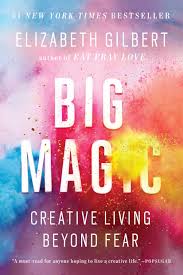
Gilbert explores the creative process, focusing on embracing curiosity, intuition, and the fear that often accompanies creative endeavors. Big Magic by Elizabeth Gilbert explores the nature of creativity with courage and curiosity. She believes ideas are living entities that seek collaborators—show up and they’ll find you. Fear is inevitable in the creative process, but it shouldn’t drive your choices. You don’t need permission to be creative—just the willingness to do the work. Embrace joy over suffering in the creative journey, and trust in the magic of making.
- Steal Like an Artist – By Austin Kleon
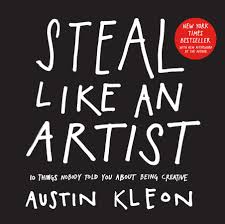
This book encourages readers to embrace the idea that originality is often a remix of existing ideas, and that creative inspiration can be found everywhere. Steal Like an Artist by Austin Kleon encourages embracing influence and remixing ideas to fuel creativity.
It asserts that nothing is original creativity builds on what came before. Artists should collect inspiration, study their heroes, and create their own voice from that mix. Sharing your work processes, and journey is part of the art itself. Ultimately, creativity is about doing the work, staying curious, and being you.
- Lateral Thinking – By Edward de Bono
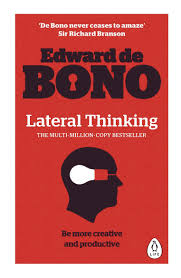
Lateral Thinking by Edward de Bono introduces a method for solving problems through creative, indirect approaches. It challenges traditional “vertical” thinking that follows logical steps, promoting idea generation through disruption. De Bono presents tools like random entry and provocation to break habitual thought patterns. The book emphasizes that creativity is a skill that can be learned and practiced. Lateral thinking encourages looking at problems from new angles to unlock innovative solutions.
- The Talent Code – By Daniel Coyle
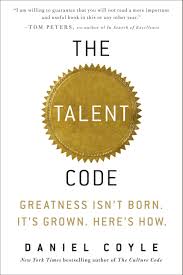
The Talent Code by Daniel Coyle explores how talent is built through deep practice, not just born. Coyle identifies three key elements of talent development: deep practice, ignition (motivation), and master coaching. He explains how myelin, a neural insulator, grows through effortful repetition, making skills faster and stronger. Small, consistent improvements—especially through mistakes—drive true mastery. Greatness, he argues, is less about genius and more about purposeful, sustained effort in the right environment.
- The War of Art – By Steven Pressfield
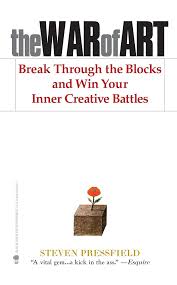
This book explores the concept of “resistance” – the internal force that hinders creative work – and offers strategies for overcoming it. The War of Art by Steven Pressfield explores the internal resistance that blocks creative work. Resistance is the enemy—self-doubt, procrastination, and fear that keep us from doing what we’re meant to do. The book urges artists to turn pro: show up daily, commit, and treat creativity like a job. Inspiration comes after the work begins, not before. True art requires discipline, courage, and overcoming the inner battle every single day.
- The Creative Habit – By Twyla Tharp
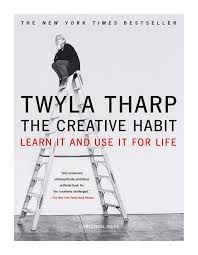
It acts as a practical guide for developing the habits and routines that foster creativity, offering insights from a renowned choreographer. The Creative Habit by Twyla Tharp emphasizes that creativity is a routine, not a random act of inspiration. Tharp shares practical exercises to build habits that foster consistent creative output. She believes discipline, preparation, and structure are keys to unlocking creative potential. Creative success comes from showing up, being prepared, and embracing the process. The book blends personal stories with actionable tools to help make creativity a daily practice.
- Thinkertoys – By Michael Michalko

A collection of creative thinking techniques and exercises designed to help individuals and teams solve problems and generate new ideas. Thinkertoys by Michael Michalko is a toolkit of creative-thinking techniques to spark innovation and problem-solving. It offers step-by-step exercises—both logical and intuitive—to help generate fresh, unconventional ideas. The book covers a wide range of methods, from mind-mapping to reverse thinking and metaphors. Michalko emphasizes that anyone can think creatively with the right mindset and practice. It’s a hands-on guide to unlocking imagination and turning abstract thinking into real solutions.
- Atomic Habits – By James Clear
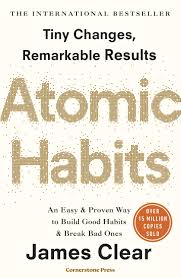
This book focuses on the power of small habits in achieving significant results, which can be particularly helpful for maintaining creative momentum. Atomic Habits by James Clear explains how small, consistent changes lead to remarkable results over time. Clear breaks down habit formation into four key steps: cue, craving, response, and reward. He emphasizes designing your environment to make good habits easier and bad habits harder. Focus on identity-based habits—changing who you believe you are, not just what you do. The book offers practical strategies to build lasting habits and break negative ones effectively.
Read More Article : 15 Underrated Novels you shouldn’t miss in 2025
- Letters to a Young Poet – By Rainer Maria Rilke

It is a collection of letters that offer profound insights into the creative life, offering guidance and inspiration for artists and writers. Letters to a Young Poet by Rainer Maria Rilke is a collection of heartfelt advice on art, life, and inner growth. Rilke urges the young poet to look inward and trust solitude as the source of true creativity. He emphasizes patience, self-exploration, and the value of uncertainty in the creative journey. Rather than seeking external validation, one should create out of deep personal necessity. The letters are a timeless meditation on living authentically and embracing the mystery of existence.
- Where Good Ideas Come From – By Steven Johnson
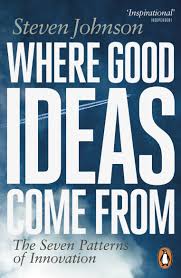
Johnson explores the history of innovation and argues that good ideas often emerge from a combination of existing ideas and collaboration. Where Good Ideas Come From, explores the environments and patterns that foster innovation. He highlights the importance of “slow hunches” ideas that develop gradually over time.
The book emphasizes the power of networks, collaboration, and diverse connections in sparking creativity. Johnson shows how chance, error, and liquid environments (like coffee houses or cities) boost idea generation. Innovation thrives when ideas combine, remix, and evolve within open, shared spaces.


